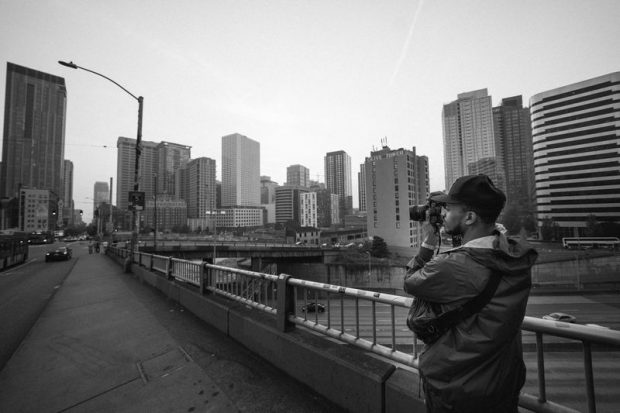Rumored Buzz on Framing Streets
Not known Facts About Framing Streets
Table of ContentsFraming Streets for DummiesIndicators on Framing Streets You Should KnowAll about Framing StreetsAll About Framing Streets4 Simple Techniques For Framing StreetsThe Facts About Framing Streets Revealed
Photography genre "Crufts Canine Program 1968" by Tony Ray-Jones Road digital photography (likewise occasionally called candid digital photography) is digital photography carried out for art or inquiry that features unmediated opportunity experiences and random incidents within public locations, usually with the aim of catching photos at a decisive or emotional minute by careful framing and timing. 
His boots and legs were well specified, yet he is without body or head, because these were in movement." Charles Ngre, waterseller Charles Ngre. https://peatix.com/user/20569123/view was the first digital photographer to achieve the technological elegance called for to register people in motion on the road in Paris in 1851. Digital Photographer John Thomson, a Scotsman collaborating with reporter and social activist Adolphe Smith, published Street Life in London in twelve month-to-month installations starting in February 1877
The Framing Streets Ideas
Eugene Atget is considered as a progenitor, not since he was the very first of his kind, however as an outcome of the popularisation in the late 1920s of his record of Parisian streets by Berenice Abbott, who was motivated to take on a comparable documents of New york city City. [] As the city created, Atget aided to advertise Parisian roads as a worthwhile topic for digital photography.

Not known Facts About Framing Streets
The chief Mass-Observationists were anthropologist Tom Harrisson in Bolton and poet Charles Madge in London, and their initial report was created as guide "May the Twelfth: Mass-Observation Day-Surveys 1937 by over two hundred onlookers" [] Home window cleaner at Kottbusser Tor, Berlin, by Elsa Thiemann c. 1946 The post-war French Humanist College professional photographers located their subjects on the street or in the restaurant. Andre Kertesz.'s extensively appreciated Images la Sauvette (1952) (the English-language version was labelled The Crucial Minute) advertised the idea of taking a picture at what he called the "decisive moment"; "when form and content, vision and composition merged right into a transcendent whole" - vivian maier.
The Basic Principles Of Framing Streets
, then an educator of young children, associated with Evans in 193839.'s 1958 book,, was substantial; raw and frequently out of focus, Frank's pictures questioned conventional digital photography of the time, "challenged copyright Camera all the formal guidelines laid down by Henri Cartier-Bresson and Walker Evans" and "flew in the face of the wholesome pictorialism and wholehearted photojournalism of American publications like LIFE and Time".